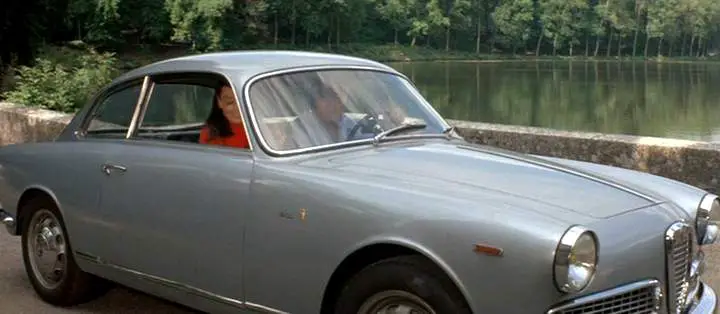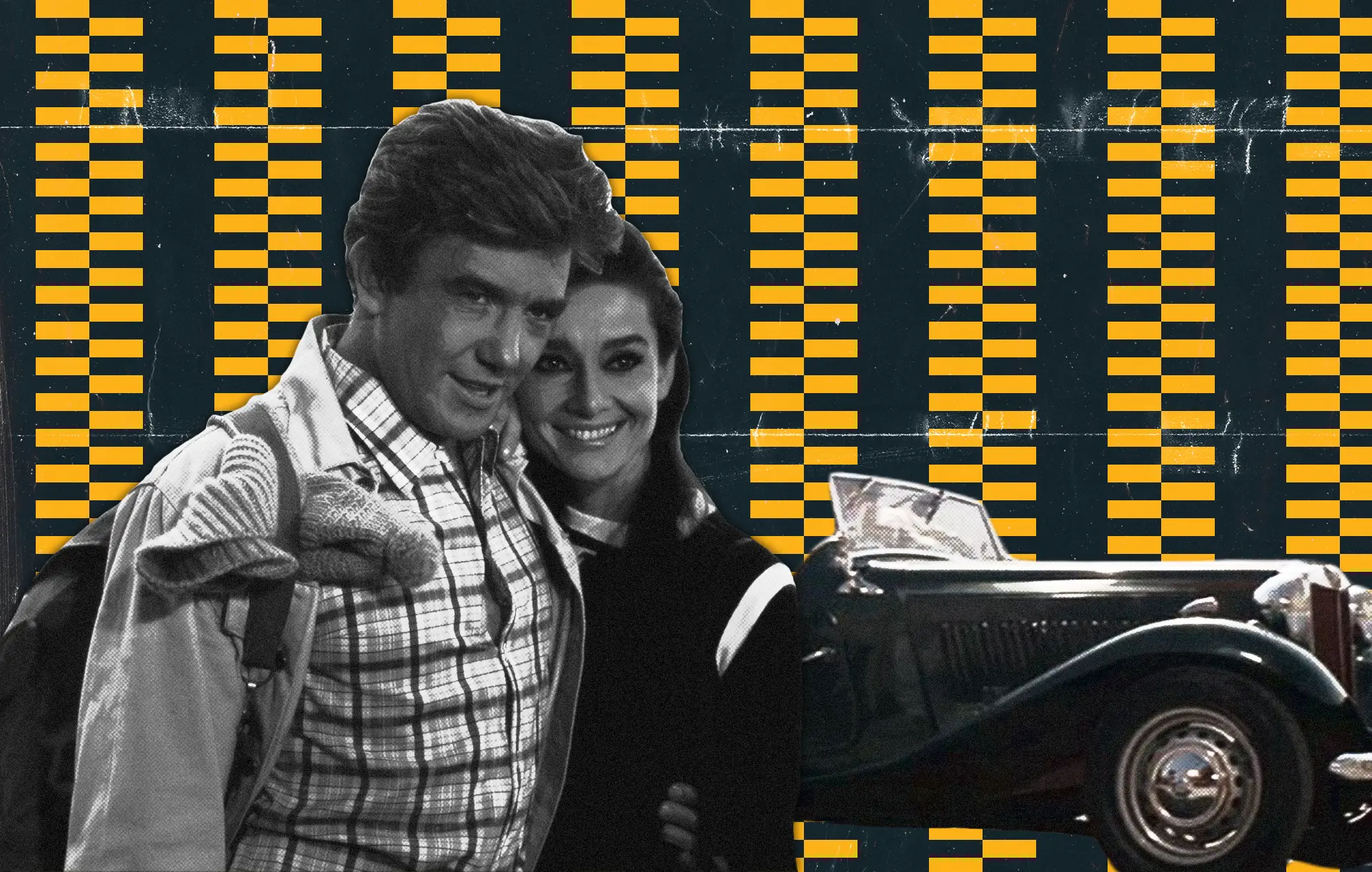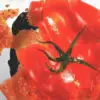Gug & Marden’s Masterful Maze
This film wouldn’t work without the right editing, as the plot is closer to a seven-act structure than the commonly used three-act structure in Hollywood. That isn’t to say there isn’t a beginning, a middle, and an end, but it defines those chapters by its own terms. Piecing together a plot like this takes a tedious eye. Specifically, as each chapter takes place in a different time period, cars and costumes are two visual markers that begin and develop a setting. This was long before Martin Scorsese redefined the period piece by shattering the standards for attention-to-detail in The Aviator, for which he crafted each year in his biopic to appear exactly as the color movie from that time period would look, whether it be Cinecolor, two-strip, or three-strip Technicolor, primarily through sophisticated post-production techniques, and spent $2 million on costumes.
This was long before Martin Scorsese redefined the period piece by shattering the standards for attention-to-detail in The Aviator
When the editing is dissected and rearranged in Two for the Road (each chapter’s narrative is revisited intermittently throughout the film), it tells seven chapters of the protagonist’s story. A renowned architect, Mark (Finney), with a pricey sports coat, and his wife Joanna (Hepburn), with a Louis Vuitton sunglasses and bag, drive their white 1965 Mercedes 230 SL (W113) along a windy, picturesque road in the French Riviera, to Saint-Tropez in order to celebrate a lucrative project-closing with an old client, Maurice (Claude Dauphin), introducing their film’s villain, in a sense.
Ironically, pass a wedding in the first shot of a movie, the young bride and groom, full of hope and passion, symbolically riding away in the opposite direction in their Vanden Plas Princess 4-Litre Limousine. At the end of their marriage, bickering and tired of each other’s presence, they look back in retrospect at other times they’ve driven on the same windy, picturesque road, and the periods associated with those chapters in their relationship. A commonality throughout their troubled evolution is Maurice’s meddling presence.
The Honeymoon Period
Mark and Joanna first meet on in 1954, when Mark was traveling solo and Joanna belonged to a girls’ choir. At first at a ferry crossing, then again by coincidence when Joanna’s VW Micro Bus choir vehicle is driven off the road by a Peugeot 203, promoting Mark to get off of the back of the chauffeur-driven MAP DR 3 tractor on which he was traveling and help the girls’ choir back on the road. When coincidence turns to fate, every girl in the choir comes down with chickenpox except Joanna, causing Joanna and Mark to hitchhike together on a whim on a Simca Ariane, a Peugeot 203 Camionnette Bâchée (C8), a Berliet GLA, a Citroën 2CV AZLP, and a Alfa Romeo Giulia 1600 Sprint [101.12]. During this journey, like Jesse in Before Sunrise, Mark shares his borderline chauvinistic views on women, while also appearing to display genuine empathy and a slight open-minded air about him. The instant mutual attraction, the “horror” and “heroism,” the chance encounters, the spontaneity, are all ingredients that ignite their relationship, marking a passionate honeymoon phase, if you will. A different white Mercedes 230 SL (W113) passes them by, segmenting them into the present day in their own Speedster, with Joanna boasting an expensive black PVC trouser suit designed by the “enfant terrible,” or unruly child of the 1960s French fashion scene Paco Rabanne, upon when they pass hitchhikers reminiscent of their naive, younger selves.
In our next chapter, now married, Mark and Joanna are pitted against Mark’s ex-girlfriend Cathy (Eleanor Bron), her husband (William Daniels) and daughter Ruthie (Gabrielle Middleton), on vacation in the French Riviera while driving in their Ford Country Squire (79E), a vehicle well-equipped for carrying heavy luggage. Cathy’s petty husband and their poorly-raised and troublesome Ruthie put a damper on Mark and Joanna’s vacation, with the nail in the coffin being the bad seed revealing the unflattering depictions that Cathy and her husband truly paint Joanna as. Again, in this chapter, Mark and Joanna end up traveling alone. Mark stands up for Joanna, severing friendly ties with his ex. Jealousy and family dysfunction doesn’t yet put a roadblock in their flourishing relationship. After Ruthie’s encounter, the couple reassesses their vow to never have children, foreshadowing their unexpected next chapter.

Back Down to Earth
The next phase of a relationship is usually followed by a reality check. Either tension, arguing, unexpected life events, or all of the above. In the third chapter, the couple is seen driving an MG TD just as it begins having problems with its exhaust, eventually catching on fire. This creates tension, as Mark makes Joanna take the brunt of the work. Mark never seems entirely content with his life. It’s him, but he lashes out on other people. During a chance encounter disposing of the MG TD, they meet Maurice and his wife Françoise (Nadia Gray) for the first time, driving in his Bentley S1 (the same model is used to cut off Cathy, her husband, Ruthie, Mark, and Joanna in the prior chapter, structurally following this scene, as a visual transition, beginning the trip’s downfall) while Joanna announces that she is pregnant. Maurice helps make Mark’s career. With that success, comes infidelity, materialism, and loss of values. Again, anything related to or close to Maurice withers. The destruction of the MG TD can be seen as a foreshadowing and symbol of their dysfunctional relationship, with it inevitability catching fire from the overwhelming sparks that ignited it. However, they are committed to each other now, with a child on the way, for better or for worse, as they say. They must attempt to work together to put out that fire.
The fourth chapter takes us to the same road, only this time the couple is with their young daughter Caroline (Kathy Chelimsky) in a red Triumph Herald Convertible (this scene structurally follows the next chapter to establish a sharp tonal contrast with the use of this convertible as another visual transition). Caroline appears to be keeping the couple together as their mutual passion begins to fade.
The Disappointment Phase
The fifth chapter departs from form, as we see Mark not only traveling without Joanna in the Triumph Herald Convertible (seen passing the couple by, as they leave Cathy, her husband, and Ruthie to enjoy the rest of the vacation with each other, which, structurally occurs before this scene as yet another visual segue into this different timeline) but also cheating on her with another woman driving a sleek Renault Floride Cabriolet.
Meanwhile, in an alternate chapter, Joanna has an affair with Françoise’s brother David (Georges Descrières) as she’s whisked away in his private Reg. F-CBAF Caudron C. 800 Epervier plane. Whereas Mark’s is simply a fling, Joanna’s has the potential for something deeper. However, a silent but content married couple on a dinner date reminds her of Mark on a previous dinner date and her longing for the little passion that is still there, so the couple reconciles in the hope of salvaging said passion.
The End of the Road or a New Chapter?
Mark and Joanna never reach the stability and commitment stages in their relationship through Two for the Road’s use of flashbacks. However, in the final chapter, they promise these things to each other in the future, confronting the perceived inadequacies that have weighed down their potential as a couple. Whereas in the beginning chapter, they are traveling to celebrate a deal with Maurice, in this bookend, after reflecting on their marriage on the same trip, with a less-than-invigorating party at Maurice’s solidifying their change of heart, they aim to end their toxic relationship with the mogul, embarking upon a new journey to Rome in search of a new Maurice. The crossing of the border from France into Italy in the same Mercedes that opened the film not only symbolizes a new, unforeseen chapter as they head towards stability and commitment, determined to create a better life for themselves and Caroline, but it also shows that a seasoned couple can evolve and break destructive habits.




